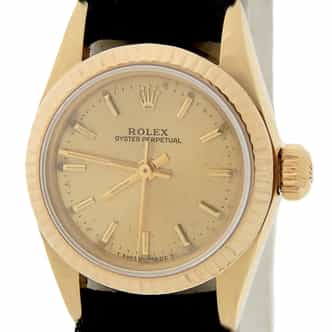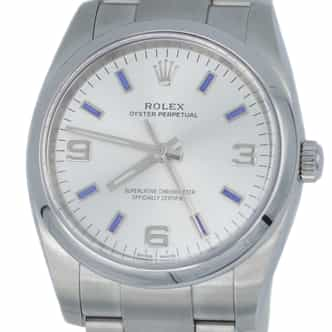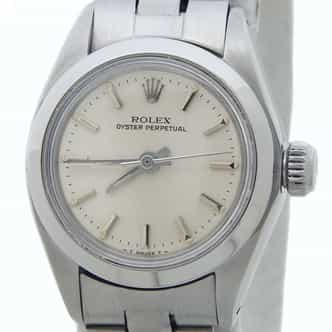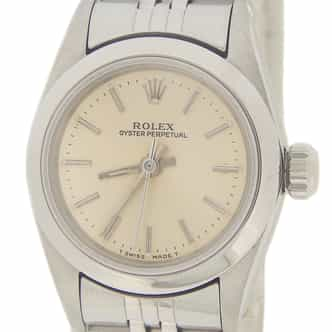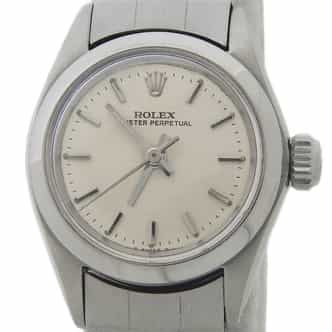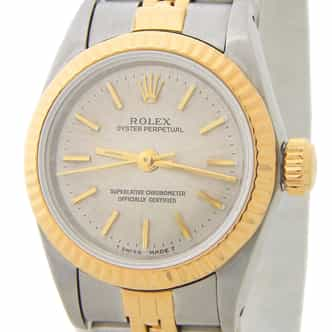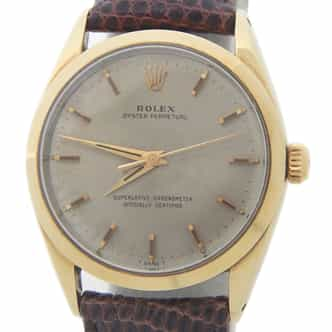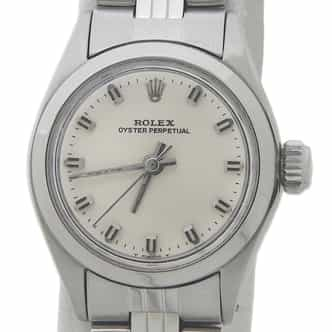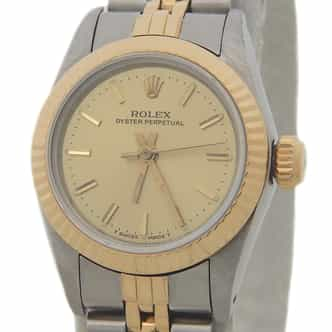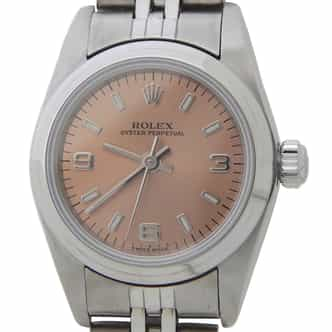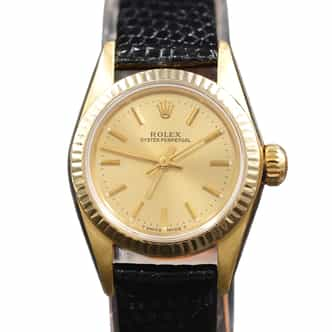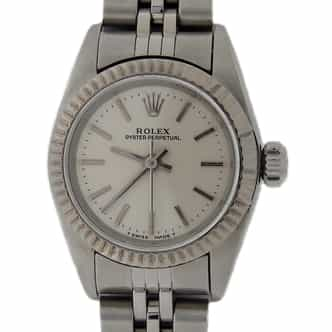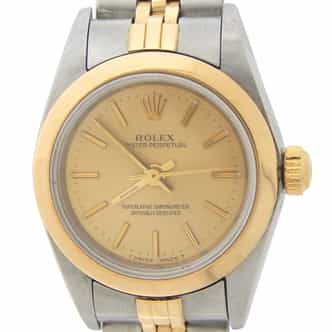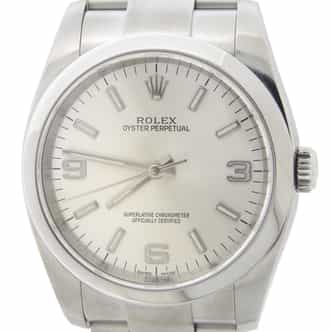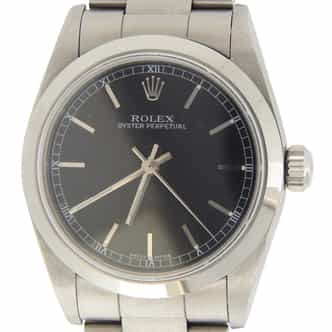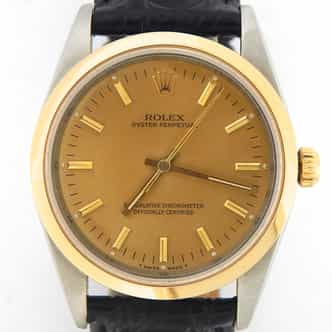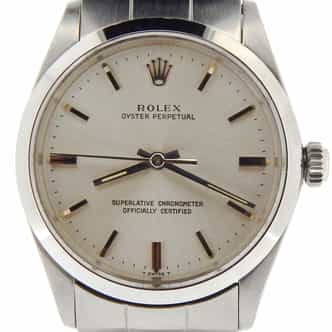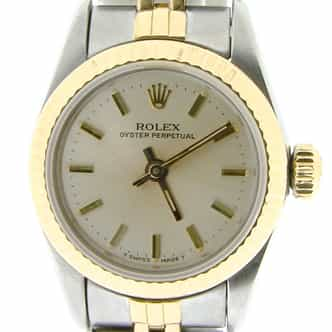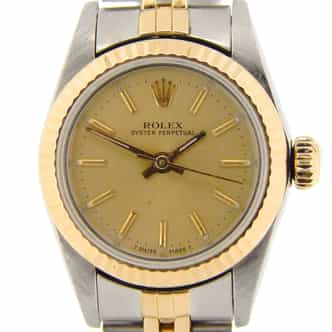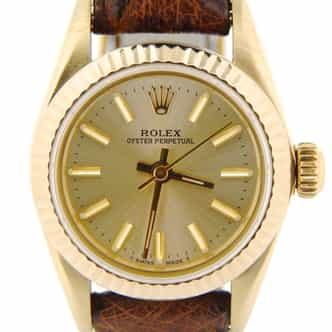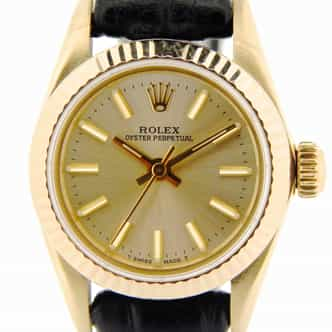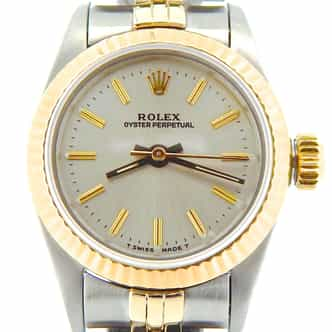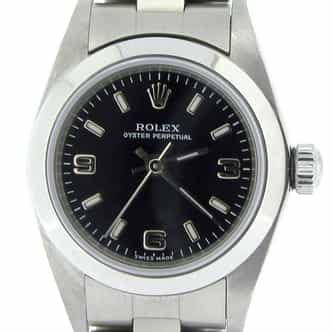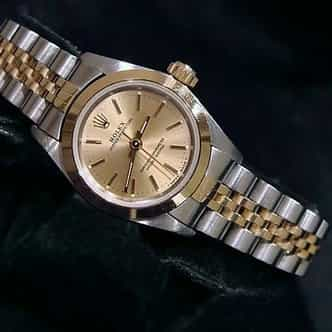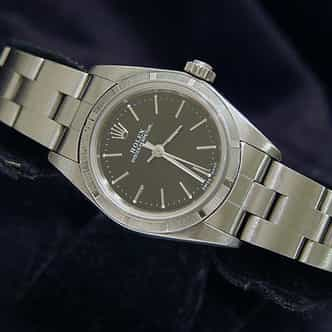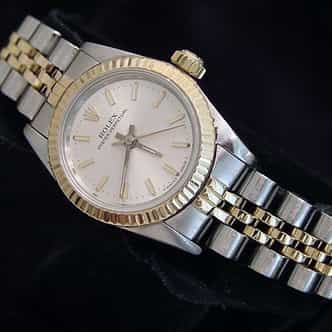-
Your Price:
$4,999.98 $350 | Coupon: JULY350 -
Your Price:
$6,499.98 $500 | Coupon: JULY500 -
Your Price:
$2,499.98 $350 | Coupon: JULY350 -
Your Price:
$3,999.98 $350 | Coupon: JULY350 -
Your Price:
$2,599.98 $350 | Coupon: JULY350 -
Your Price:
$3,699.98 $350 | Coupon: JULY350 -
Your Price:
$3,999.98 $350 | Coupon: JULY350 -
Your Price:
$2,599.98 $350 | Coupon: JULY350 -
Your Price:
$3,699.98 $350 | Coupon: JULY350 -
Your Price:
$3,599.98 $350 | Coupon: JULY350 -
Your Price:
$5,599.98 $500 | Coupon: JULY500 -
Your Price:
$3,999.98 $350 | Coupon: JULY350 -
Your Price:
$4,199.98 $350 | Coupon: JULY350 -
Your Price:
$7,899.98 $500 | Coupon: JULY500 -
Your Price:
$5,999.98 $500 | Coupon: JULY500 -
Your Price:
$6,499.98 $500 | Coupon: JULY500 -
Your Price:
$4,099.98 $350 | Coupon: JULY350 -
Your Price:
$4,799.98 $350 | Coupon: JULY350 -
Your Price:
$3,899.98 $350 | Coupon: JULY350 -
Your Price:
$5,299.98 $500 | Coupon: JULY500 -
Your Price:
$5,299.98 $500 | Coupon: JULY500 -
Your Price:
$3,499.98 $350 | Coupon: JULY350 -
Your Price:
$3,799.98 $350 | Coupon: JULY350 -
Your Price:
$4,849.98 $350 | Coupon: JULY350 -
Your Price:
$3,599.98 $350 | Coupon: JULY350 -
Your Price:
$4,799.98 $350 | Coupon: JULY350



